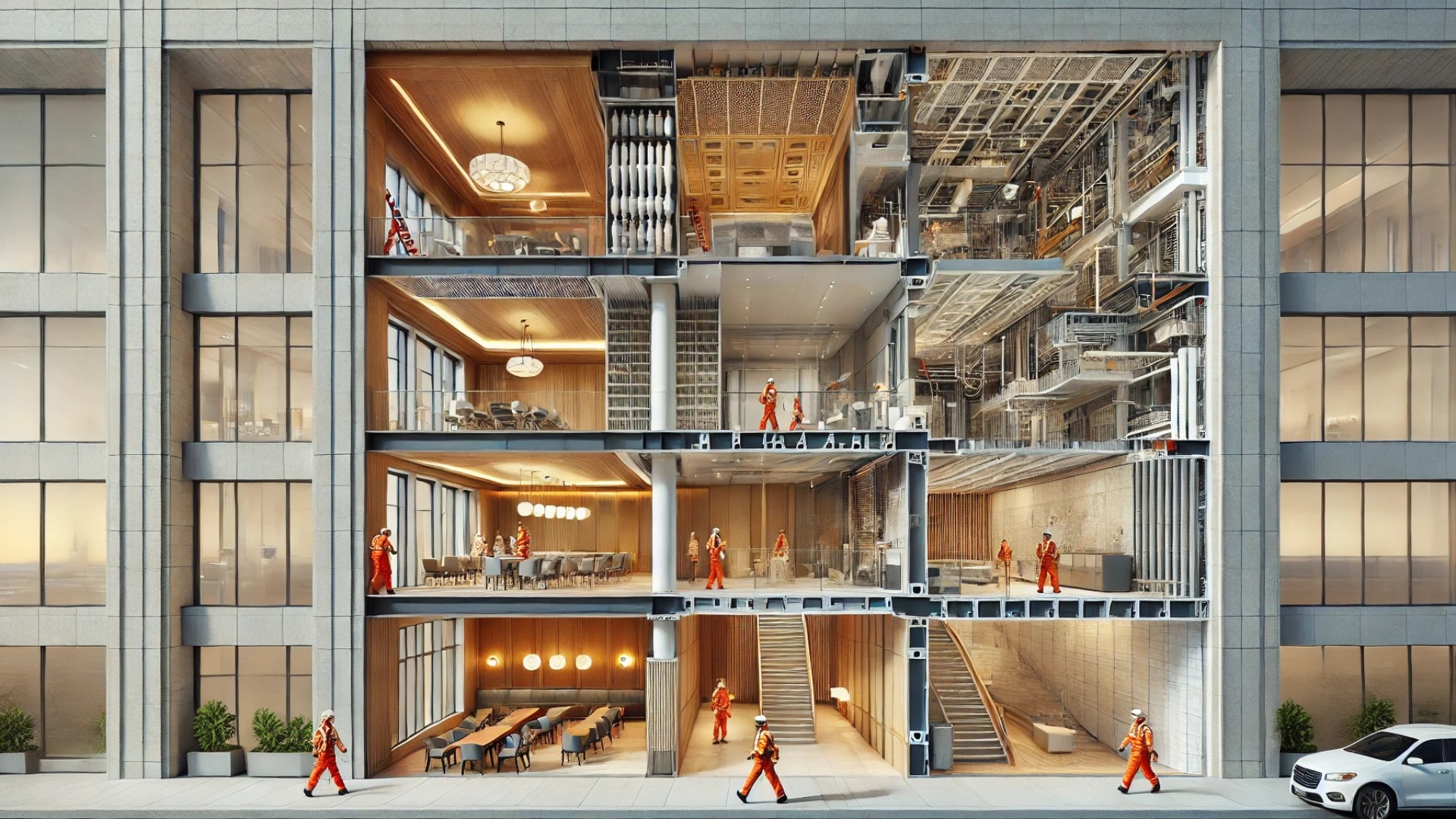
Redefining Net Zero Energy Buildings
As the global focus on sustainability intensifies, the term "Net Zero Energy Buildings" (ZEB) is being scrutinized more than ever. Initially, the concept was straightforward: a structure produces as much energy as it consumes over a year. However, this narrow definition fails to capture the complexities of modern construction, especially regarding the building's overall impact on the environment. This article aims to unpack the evolving definition of ZEB, giving nuance to what it means to be truly ‘net zero’ and the implications for future building practices.
The Expanding Definition of ZEB
Traditionally, ZEBs were defined largely by their energy consumption and production metrics. However, as architects, builders, and homeowners increasingly recognize the need for comprehensive energy solutions, the definition must evolve. A building is more than just its energy profile—it encompasses materials used, waste generated, and even how it interacts with its surrounding environment. The nuances of carbon footprints, for example, offer a broader spectrum for measuring sustainability. This means considering not only operational energy use but also embodied energy in materials.
Lessons from Global Best Practices
Countries like Sweden and Germany have led the charge in redefining what it means to achieve ZEB status. They advocate for a holistic approach that takes into account energy efficiency, renewable energy use, waste reduction, and even the preservation of natural ecosystems. For instance, passive house design principles emphasize thermal efficiency, leading to lower energy demands that make achieving net-zero status considerably easier. Implementing strategies from these leaders can inform local efforts to revise ZEB concepts, offering pathways to improved sustainability and resilience.
The Role of Roofing Systems in Achieving Net Zero
One critical aspect of enhancing ZEB performance lies in optimizing roofing systems. These structures are not just the crowning glory of a building; they play a pivotal role in energy efficiency. Roofs equipped with reflective materials, green roofing technology, or integrated solar panels contribute significantly to a building's energy performance. By selecting roofing materials that align with ZEB goals, property owners can make informed decisions that not only bolster structural integrity but also enhance overall property value.
Future Trends in Energy Efficient Construction
Looking ahead, several trends are likely to shape the future of net zero energy buildings. The increasing use of smart building technology stands out, allowing for real-time energy monitoring and management. This tech not only helps optimize energy use but also supports the integration of renewable energy sources on-site. Additionally, regulations surrounding energy performance are becoming increasingly stringent. By being proactive in adopting revised ZEB definitions, the construction industry can not only stay ahead of policy changes but also lead the way towards a more sustainable built environment.
 Add Row
Add Row  Add
Add 




Write A Comment